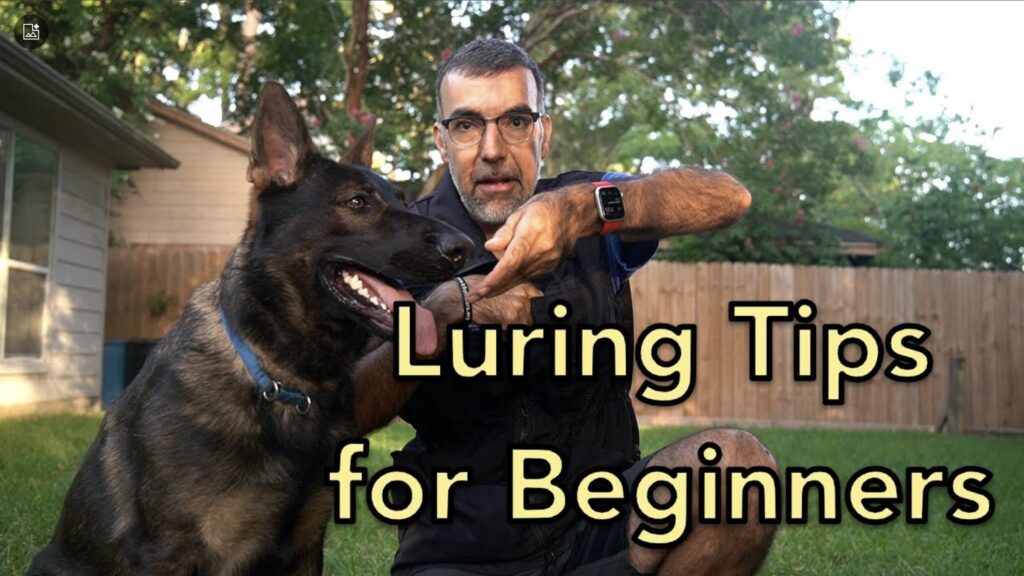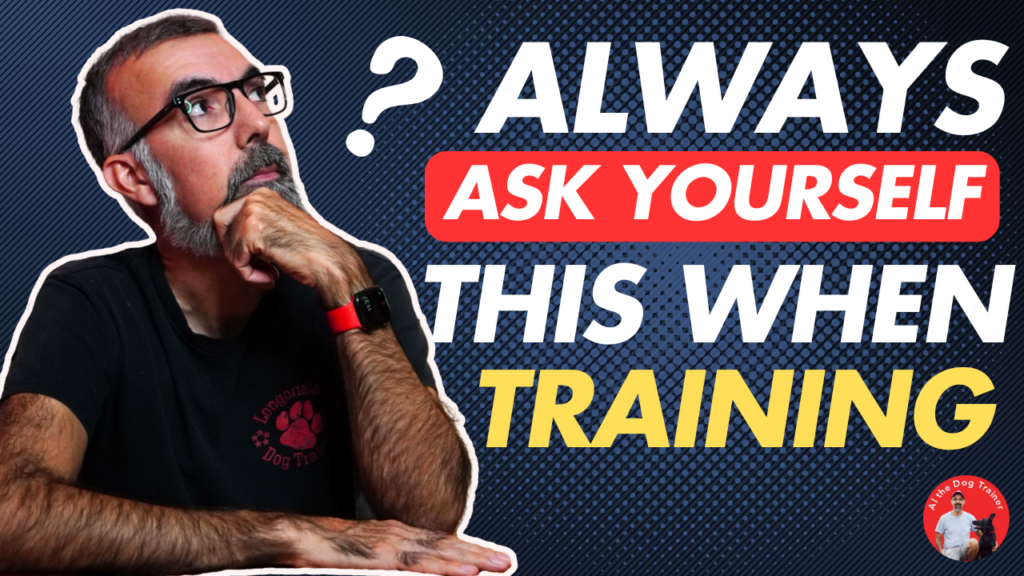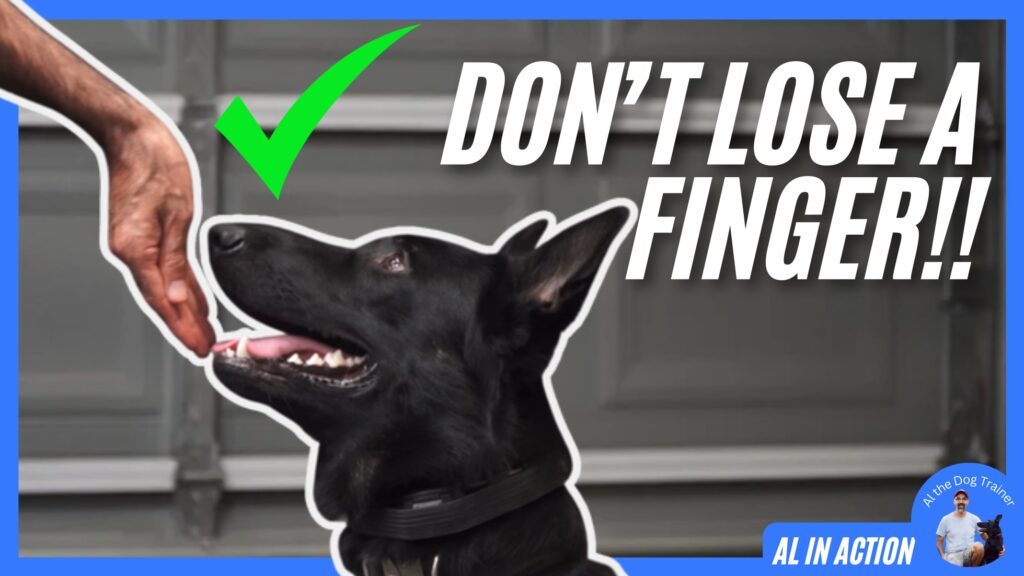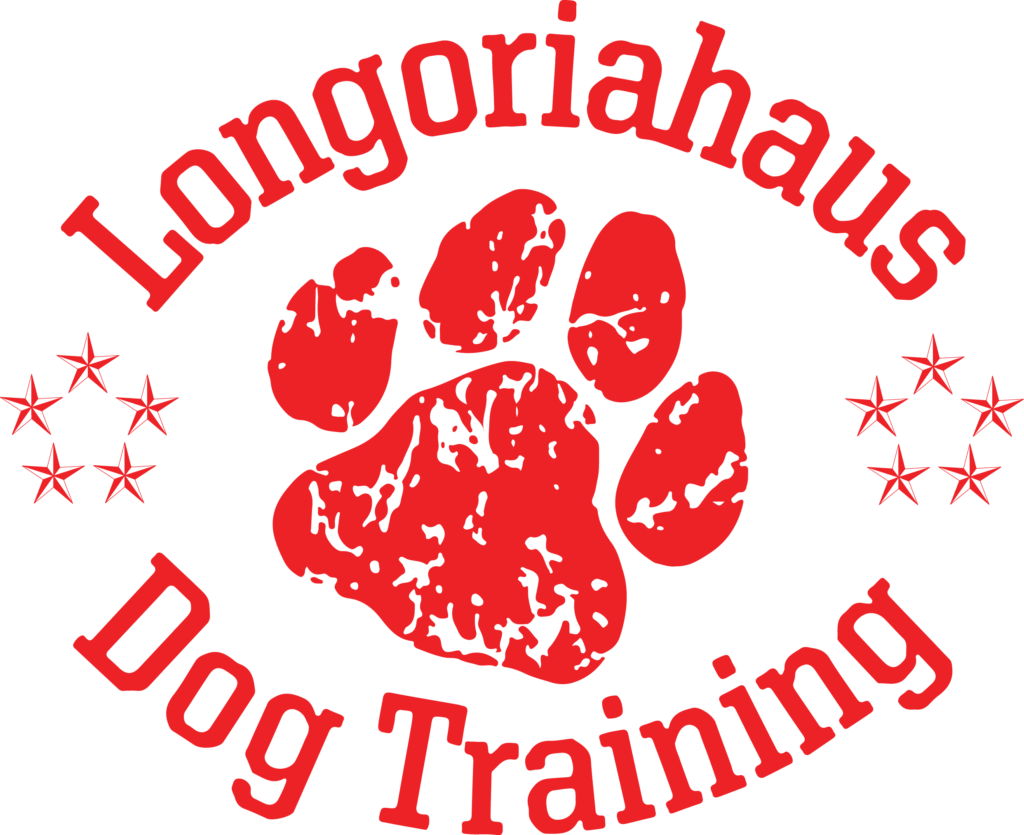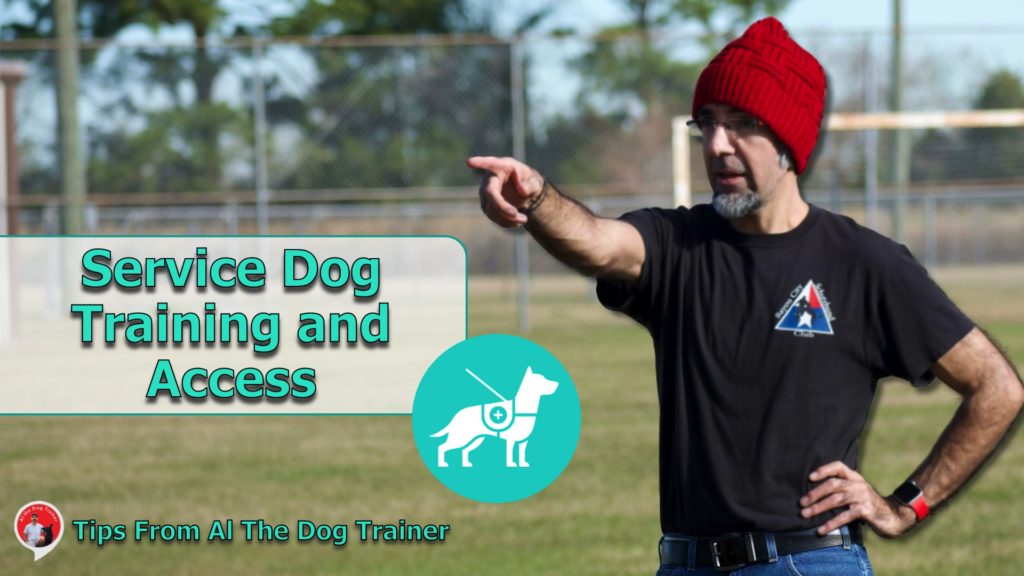
Today’s topic is service dog training and access. I feel that I should add a disclaimer to the beginning of this. You should know that I do not specialize in training service dogs. I have been asked from time to time to help people with the foundation of a service dog. Or maintain the training for their service dog. But I do not feel that I am necessarily qualified to be a service dog trainer.
However, I do understand how to train, and I know some of the issues that service dogs encounter. I want to talk about two things that I shared with a client today. This client is starting a puppy on their foundation with me and will be doing service dog training.
Well Mannered
In regards to what it takes to get access in the state of Texas with your dog. The first thing you’re going to want is to make sure that your dog is very well-mannered. Now, nowhere in the law does it say that your dog has to be well-behaved. But you are responsible. If you have a service dog or a service dog in training, you are responsible for how they’re going to act.
I’ll keep this pretty simple. Regardless of whether they are service dogs or not, any dog should walk nicely on a leash. They should come when they’re called. They should stay where they are told, which is essential for service dogs. They’d be exceptionally good at those things. Now they may not necessarily do it exactly the way an obedience trainer would have them do. Because the person they’re serving may have some specialized needs. However, they should still fundamentally be able to do those things a lot of times.
The Dog Should Not Be a Nuisance
Imagine going to a restaurant. You should be able to put the dog into a down with several food distractions. And the dog ignores the food in their down-stay. It may also be necessary for the dog to stay at the table while you walk away to take care of something. The dog shouldn’t be a nuisance to the table or the people around. And you should be able to move without having to constantly tug on your leash. The dog should move well as it focuses directly on you.
So the first thing that anybody should consider when getting a service dog is a good foundation and basic fundamental obedience. Where a dog is learning to stay, walk nicely with you on or off-leash, and have an ability to recall. Even passing distractions. This is going to take some work to be able to do that. All of this, in my opinion, needs to be at the forefront of what you’re training the dog to do. Because there is one more thing that you are going to have to add.
Trained To Assist You
If your dog doesn’t have those basic things already figured out, then the actual service part will not go well. They’re not going to be able to perform at the level that you want. The second thing in getting access with a service dog is that the dog has to be specifically trained to do something to assist you.
Now, again, I’ll mention I am not a service dog trainer. I have never trained a service dog. But I have helped people with foundations and maintaining their service dog training.
However, here are a few examples of things that I’m aware of that people train dogs for. So let’s say that you have diabetes and that you’re going to have low blood sugar. It is possible to train a dog in scent detection. So whenever you have low blood sugar, they could do something like tap their nose against your leg three times in a row. To let you know that it’s time to take your medication or your insulin. So you have to have the dog specifically do something that assists you with the disability.
That’s What The Law Says
That’s actually what the law says. So when you walk in with your well-mannered dog, people are going to ask you if it’s a service dog. You can say yes, and then they can’t ask you, what your disability is. They can ask you what the dog is specifically trained to do. And you could tell them that your dog will alert you when your medical condition is active. Instead of having to say to them, well, I’m a diabetic—and going into the long, drawn-out story. You don’t have to share that information with them. But you do have to tell them that your dog will assist you with this.
Let me give one more example. Let’s say that you have your dog. It’s not a service dog, but your dog has excellent manners. You’ve also taught your dog how to retrieve. And let’s say that you happen to break your hand. If your dog knows how to retrieve and how to pick up things; your dog could temporarily become a service dog. So you could take them in and have them retrieve something, and they go, and they bring it to you. Once your hand is no longer broken, they’re no longer a service dog. You will not have a disability anymore. The takeaway here is that it’s not overly complicated to imagine what is a service dog.
The dog has to be specifically trained to do one thing that helps you with your disability. But they also must have excellent and impeccable manners.
I hope this one was useful for you guys. Remember to visit my YouTube Channel for helpful videos and find more tips like this one right here at www.longoriahausdogtraining.com.
Happy Training!

